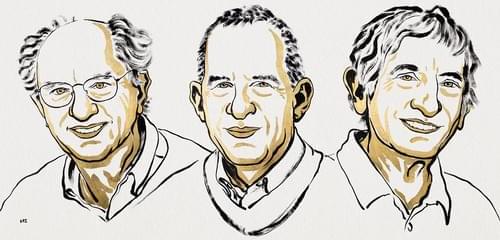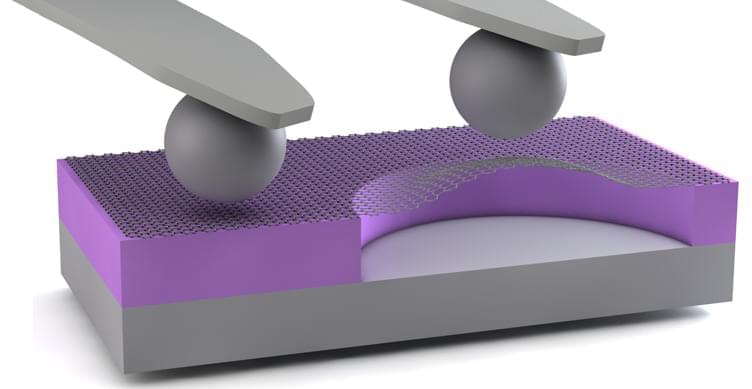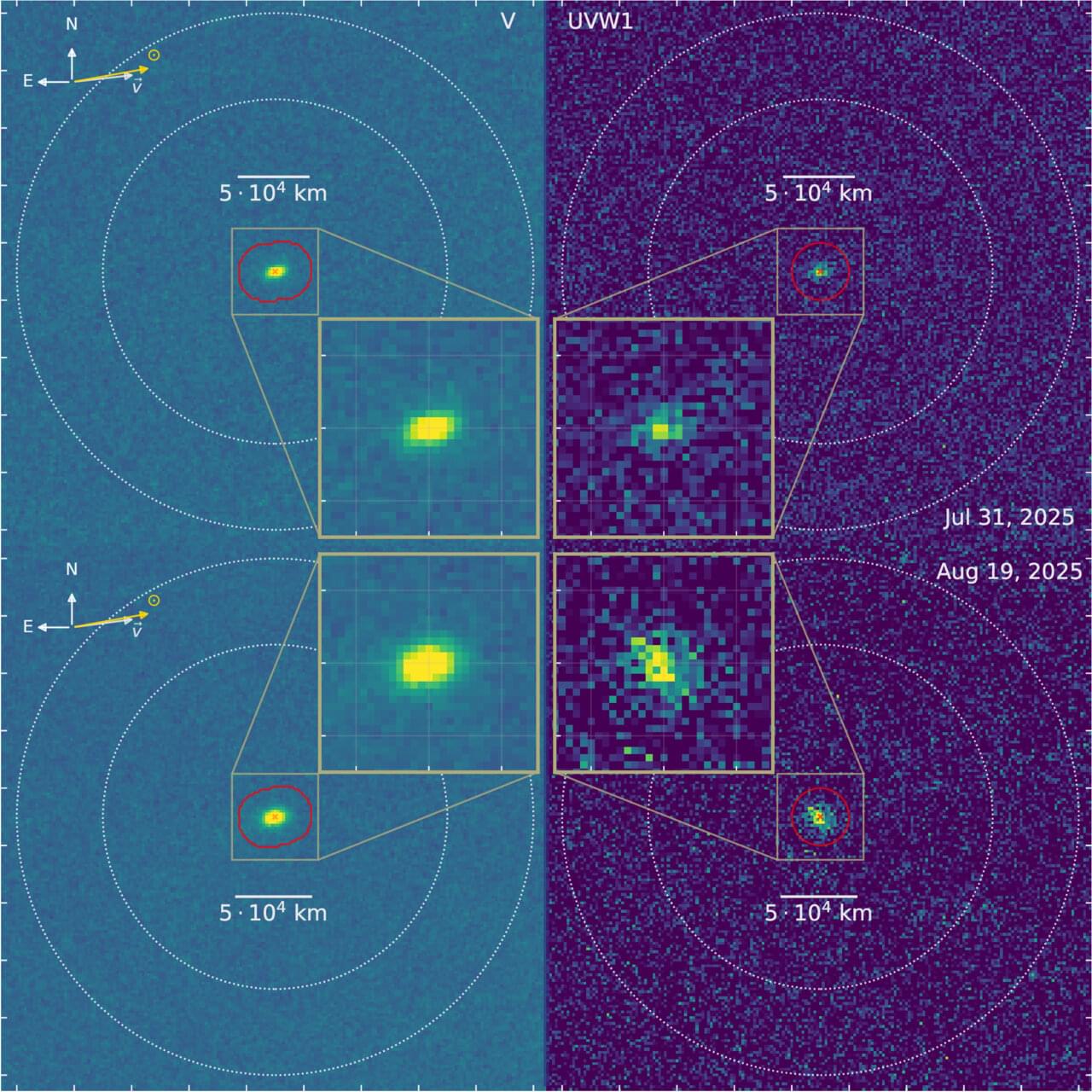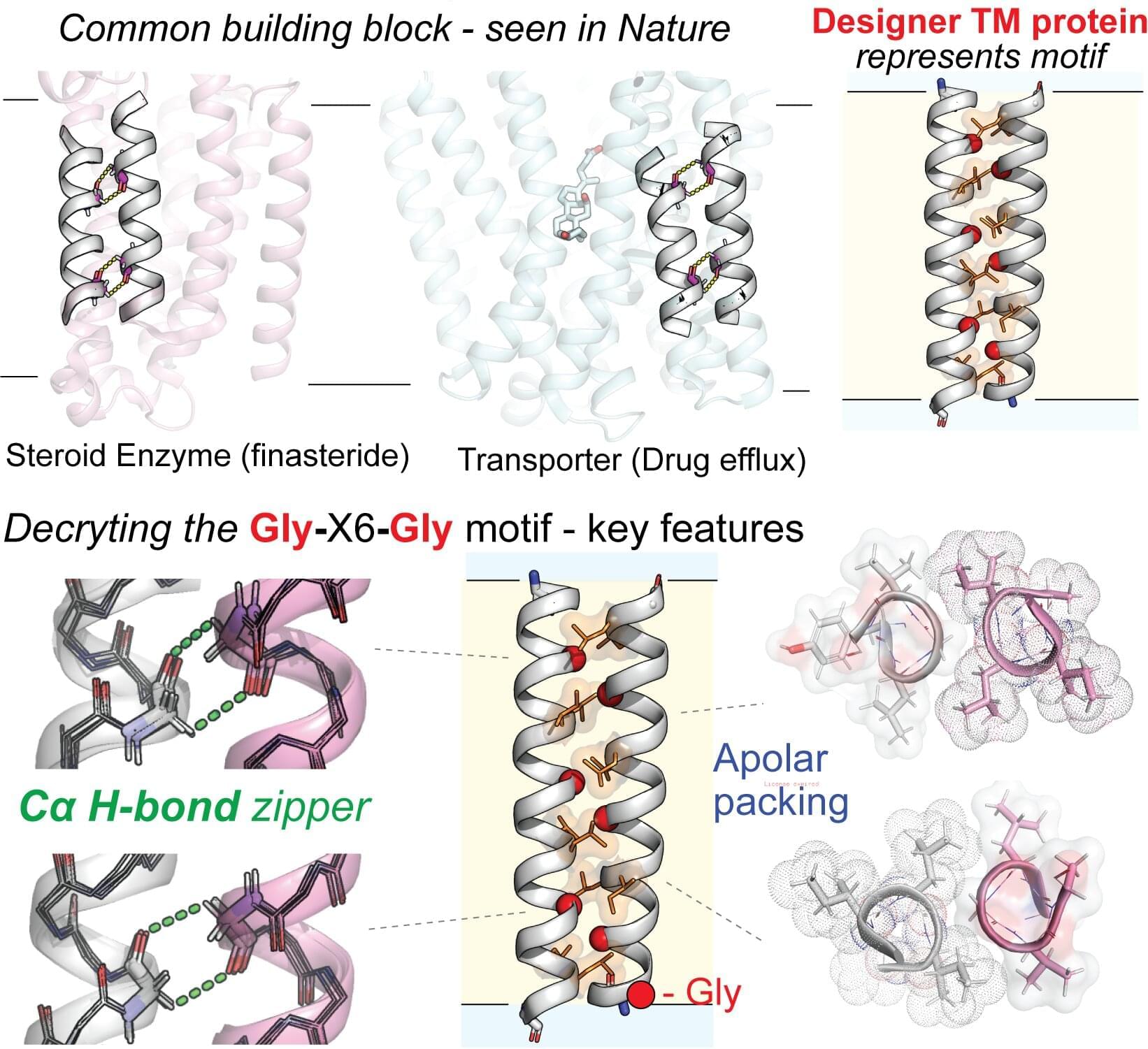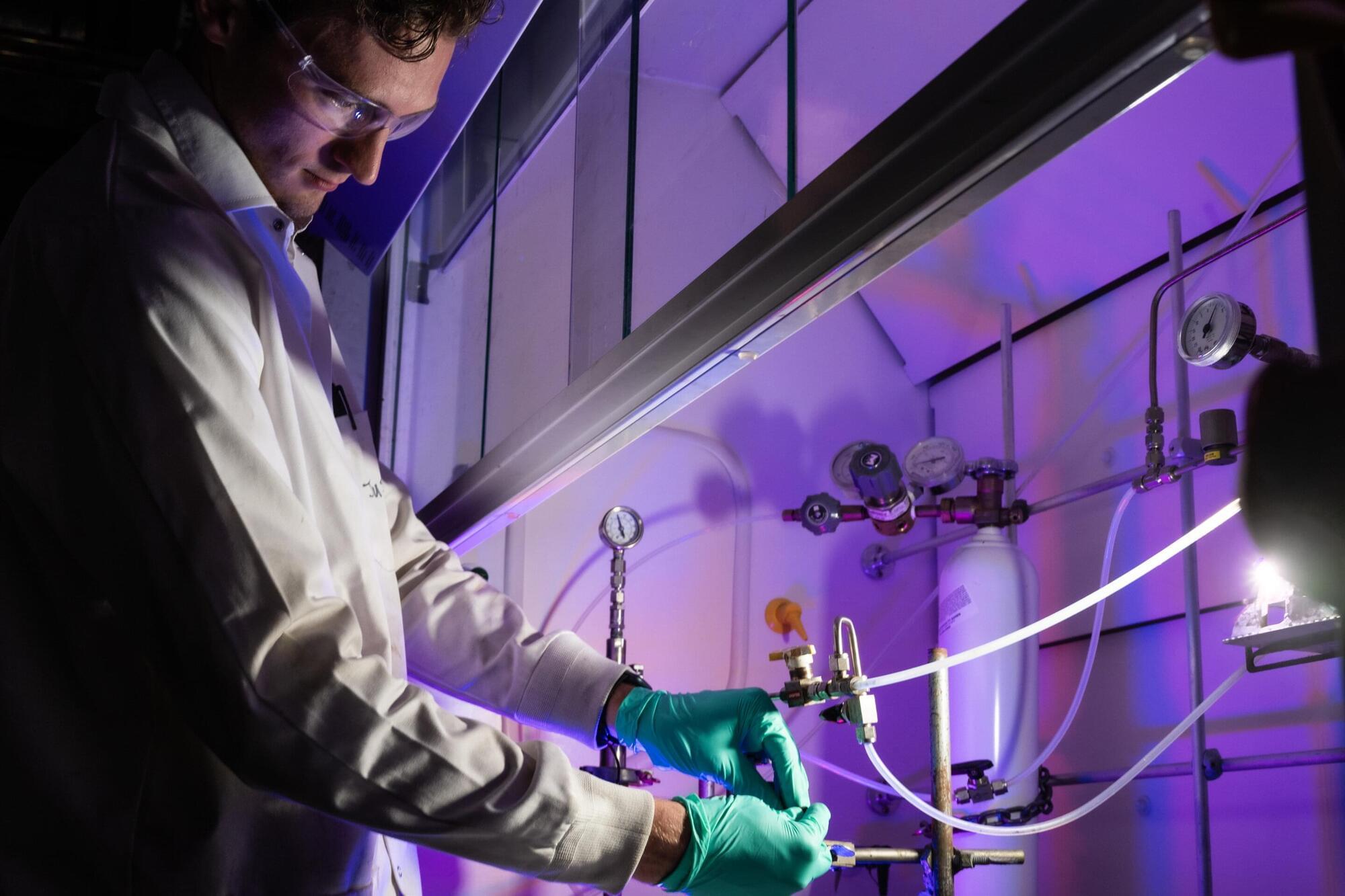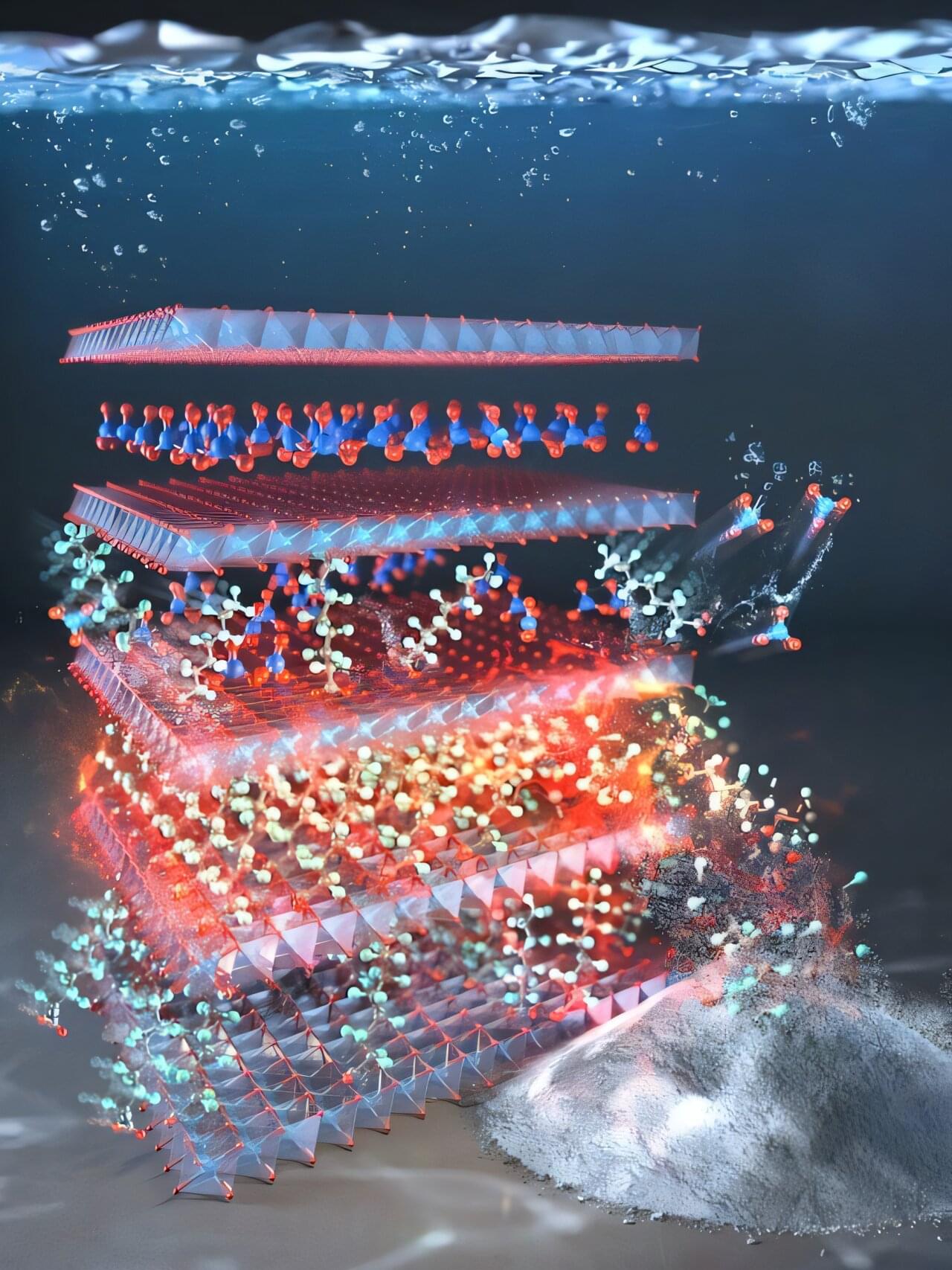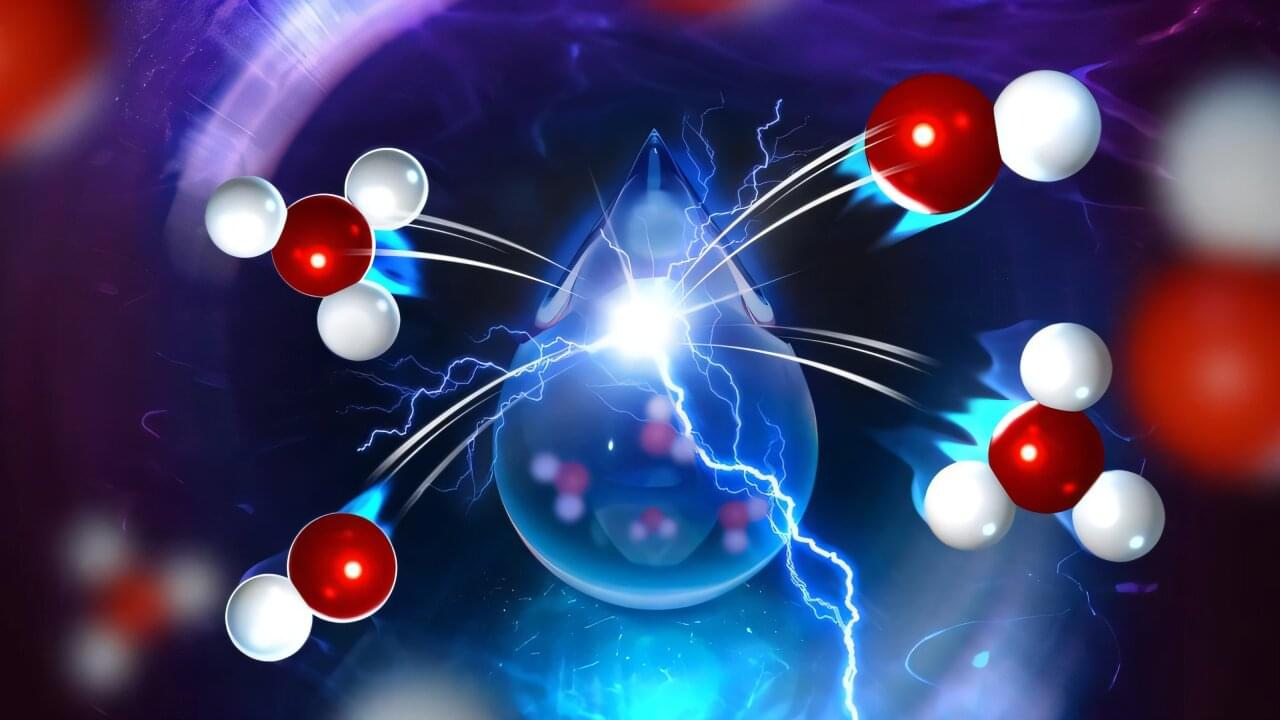The 2025 Nobel Prize in Physics recognizes the discovery of macroscopic quantum tunneling in electrical circuits.
This story will be updated with a longer explanation of the Nobel-winning work on Thursday, 9 October.
Running up against a barrier, a classical object bounces back, but a quantum particle can come out the other side. So-called quantum tunneling explains a host of phenomena, from electron jumps in semiconductors to radioactive decays in nuclei. But tunneling is not limited to subatomic particles, as underscored by this year’s Nobel Prize in Physics. The prize recipients—John Clarke from the University of California, Berkeley; Michel Devoret from Yale University; and John Martinis from the University of California, Santa Barbara—demonstrated that large objects consisting of billions of particles can also tunnel across barriers [1– 3]. Using a superconducting circuit, the physicists showed that the superconducting electrons, acting as a collective unit, tunneled across an energy barrier between two voltage states. The work thrust open the field of superconducting circuits, which have become one of the promising platforms for future quantum computing devices.
